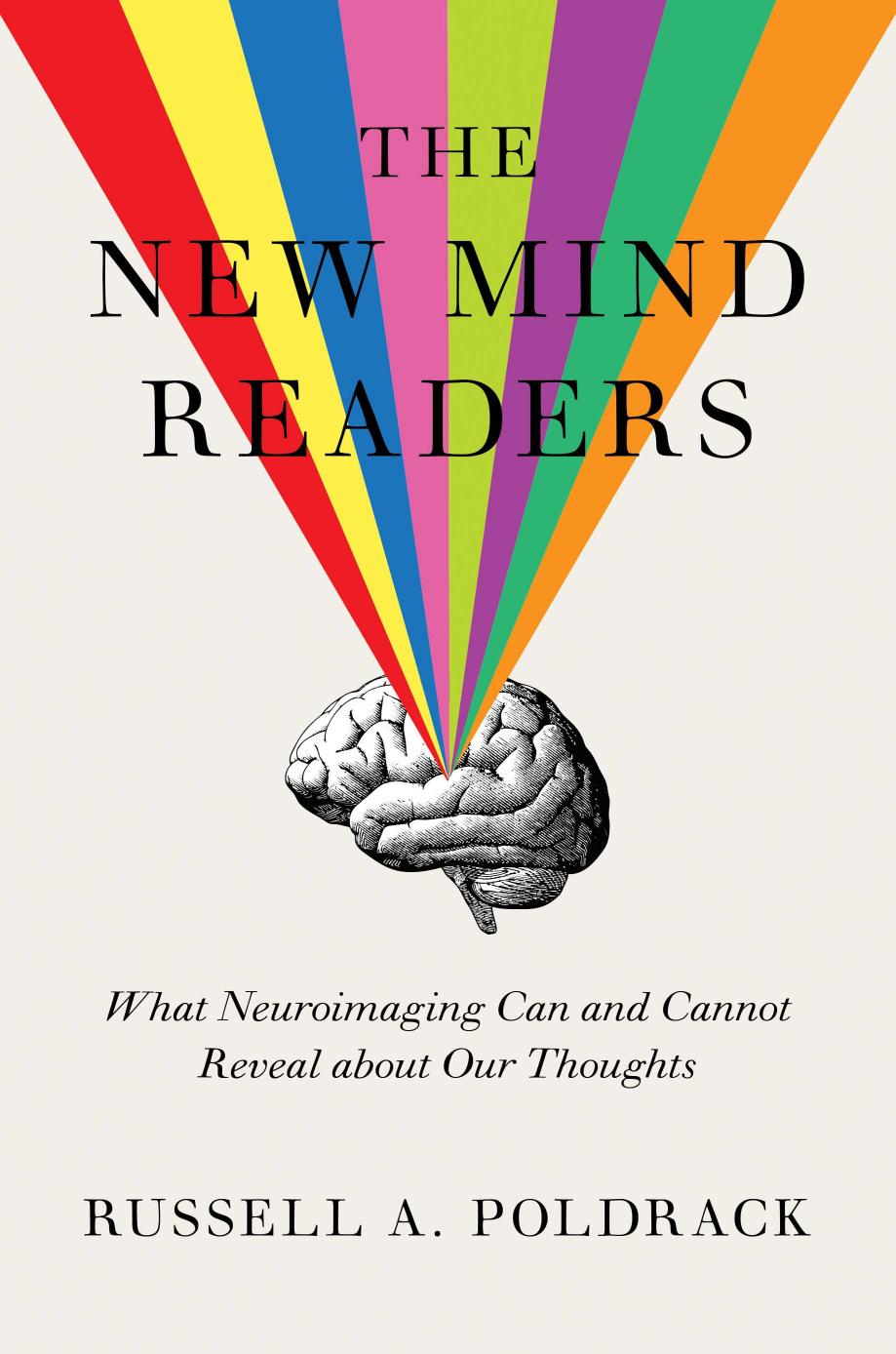The New Mind Readers by Russell A. Poldrack

Author:Russell A. Poldrack
Language: eng
Format: epub, pdf
Publisher: Princeton University Press
Published: 2018-07-15T00:00:00+00:00
Lie Detection in the Courts
Nearly every criminal trial requires the court to decide whether defendants are honest and witnesses are accurate. The ability to detect lying and verify the accuracy of memories would be a major boon for the legal system, but lie detection and its use in law have been controversial for almost a century. In 1923, James Alphonso Frye was on trial for second-degree murder, and tried to bring evidence of his innocence using an early version of the polygraph, which claimed to detect deception by measuring changes in blood pressure. In their decision in the case of Frye v. United States, a US Court of Appeals decided that this evidence was not admissible in court, stating:
We think the systolic blood pressure deception test has not yet gained such standing and scientific recognition among physiological and psychological authorities as would justify the courts in admitting expert testimony deduced from the discovery, development, and experiments thus far made.6
This case would remain a standard for the admissibility of scientific evidence, until it was eclipsed by another case in 1993, which centered on whether a childâs birth defects had been caused by a particular medication. In its decision on Daubert v. Merrell Dow Pharmaceuticals, the US Supreme Court outlined a set of criteria that any scientific evidence must pass in order to be admitted. Justice Harry Blackmun wrote for the court:
The trial judge ⦠must make a preliminary assessment of whether the testimonyâs underlying reasoning or methodology is scientifically valid and properly can be applied to the facts at issue. Many considerations will bear on the inquiry, including whether the theory or technique in question can be (and has been) tested, whether it has been subjected to peer review and publication, its known or potential error rate, and the existence and maintenance of standards controlling its operation, and whether it has attracted widespread acceptance within a relevant scientific community.7
Since the Daubert ruling, there has been a rich debate on whether polygraph evidence meets the standards outlined in the ruling, with some courts allowing it despite the fact that the scientific community has largely concluded that the polygraph is not an accurate way to detect deception. In 2003 the National Research Council convened a panel to thoroughly review the scientific evidence in favor of the polygraph, and the verdict was resoundingly negative.8 The report noted that while the polygraph can detect lying at levels better than random guessing, it is far from the level of accuracy that we require for confident legal decisions.
Download
This site does not store any files on its server. We only index and link to content provided by other sites. Please contact the content providers to delete copyright contents if any and email us, we'll remove relevant links or contents immediately.
The Art of Thinking Clearly by Rolf Dobelli(8873)
The 5 Love Languages: The Secret to Love That Lasts by Gary Chapman(8536)
Mindhunter: Inside the FBI's Elite Serial Crime Unit by John E. Douglas & Mark Olshaker(7853)
Becoming Supernatural by Dr. Joe Dispenza(7125)
The Road Less Traveled by M. Scott Peck(6651)
Nudge - Improving Decisions about Health, Wealth, and Happiness by Thaler Sunstein(6645)
Enlightenment Now: The Case for Reason, Science, Humanism, and Progress by Steven Pinker(6417)
Win Bigly by Scott Adams(6329)
Mastermind: How to Think Like Sherlock Holmes by Maria Konnikova(6258)
The Way of Zen by Alan W. Watts(5813)
Factfulness: Ten Reasons We're Wrong About the World – and Why Things Are Better Than You Think by Hans Rosling(4033)
The State of Affairs by Esther Perel(3947)
Gerald's Game by Stephen King(3929)
Man's Search for Meaning by Viktor Frankl(3652)
The Confidence Code by Katty Kay(3576)
Thinking in Bets by Annie Duke(3542)
The Worm at the Core by Sheldon Solomon(2929)
Enlightenment Now by Steven Pinker(2926)
Liar's Poker by Michael Lewis(2823)
